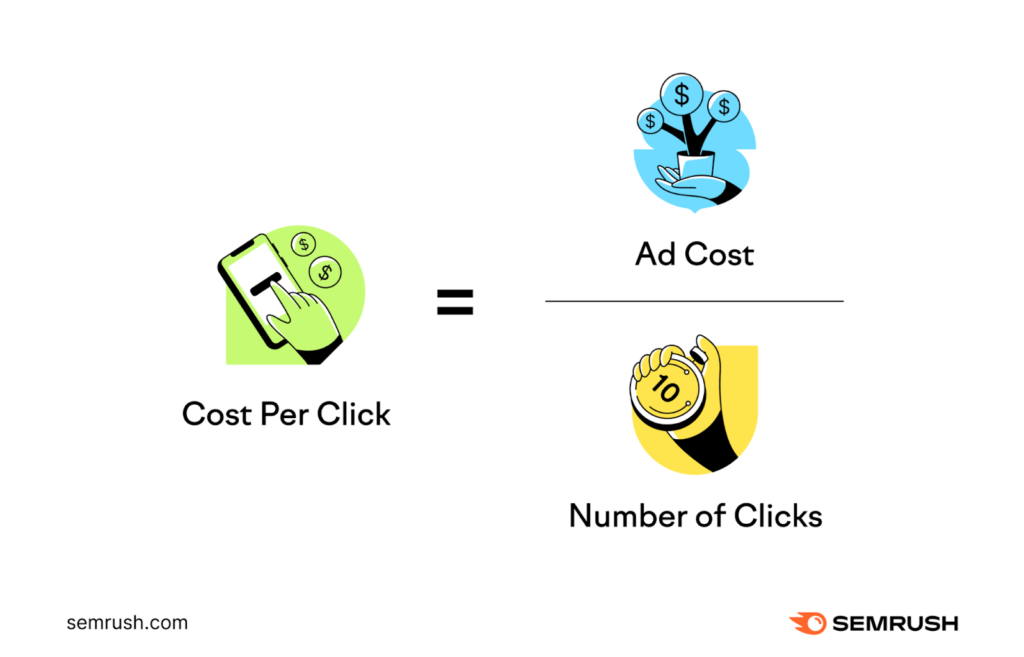What is a Pricing Model?
Cost-less advertisement is rare and often unreliable, for this purpose, Google offers a range of pricing models. In order to understand these, first it is important to know what a pricing model actually is. To make it easier to understand, imagine you have a lemonade stand, and you want to decide how much to charge for each cup of lemonade. A pricing model is like a plan or a rule you use to figure out the price.
For example, one pricing model could be “5 cents per cup.” This means every time someone buys a cup of lemonade, they give you 5 cents. Another model could be “10 cents for every 10 sips.” So, if someone takes 10 sips of lemonade from their cup, they give you 10 cents.
Different businesses use different pricing models depending on what they’re selling and how they want to make money. It’s like having different ways to decide how much your lemonade costs at your stand.
Google offers different types of pricing models depending on the nature of your business. The two most commonly used pricing models are Google Cost Per Impression (CPM) and Google Cost Per Click (CPC).
Google Cost Per Impression (CPM)
Google Cost Per Impression (CPM) is a pricing model offered by Google to calculate the cost of Google Ads per month. CPM stands for “cost per thousand” impressions. More specifically, it calculates the cost of an ad per thousand impressions. An impression is a look received by a consumer on your Ad. In CPM, instead of counting each look, you count after every 100 impressions. So if you recorded a 1000 looks for your ad, that would make 10 CPM, because you counted every 100 looks.
Google Cost Per Impression (CPM) can be calculated using a simple formula where we divide the cost of Google Ads per month by the number of impressions or looks and multiply the answer with 1000. So for instance, if an ad costs $5 and is shown 5000 times, the CPM would amount to $1 calculated using the following formula:

Google Cost Per Click (CPC)
Google Cost Per Click (CPC) is another pricing model offered by Google to calculate the cost of Google Ads per month. CPC stands for “cost per click”. It is a way of getting money from ads posted online whenever a user clicks on it. CPC is commonly used where the main objective is to drive traffic to a website. A special metric called Click Through Rate (CTR) is used to assess the performance of CPC.
The formula for calculating is quite simple and logical. We divide the total cost of an ad by the total number of clicks it has received. For instance, if an ad costs $10 and receives 100 clicks, its CPC would be $0.10 according to the following formula:

Conclusion
To conclude, we covered two very important pricing models offered by Google in this blog. It is important to note that each pricing model has its own unique advantages and disadvantages and the use of each depends on the type of campaign a business is promoting.
CPM is commonly used to achieve high reach and brand awareness, while CPC is effective for campaigns focused on driving traffic and clicks. Understanding the different pricing models and how to calculate them is crucial for success in the programmatic advertising ecosystem.
